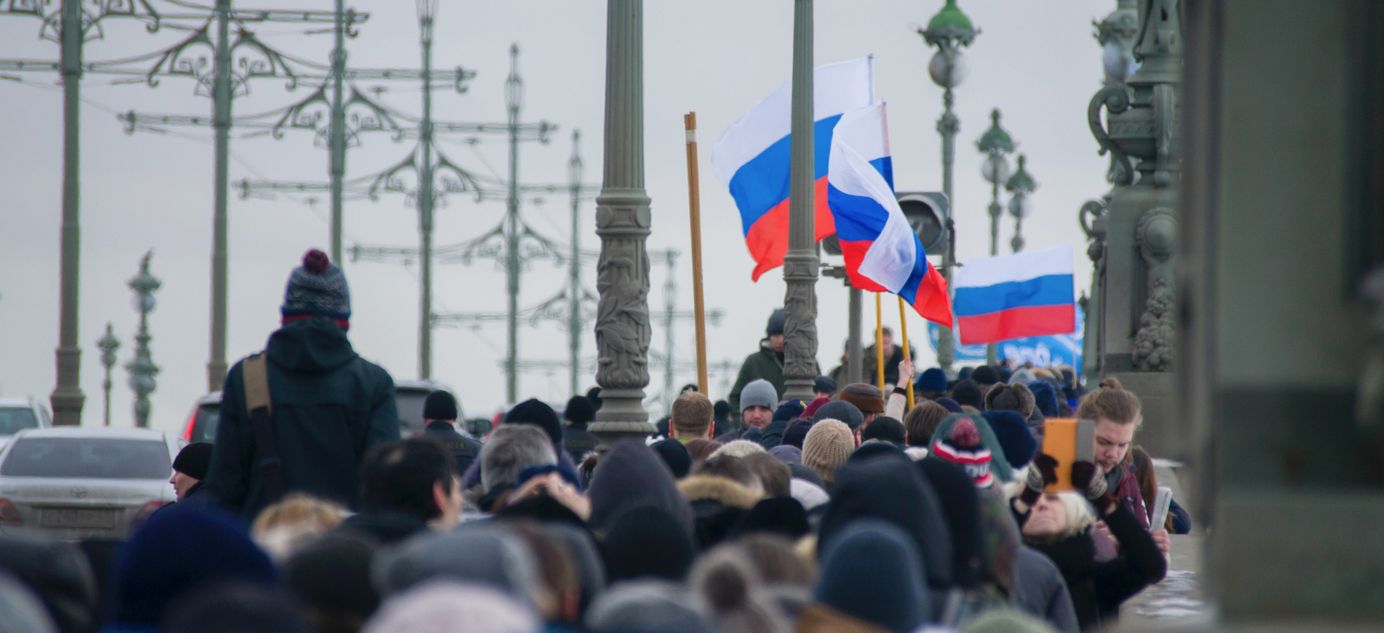
Russian oil price fall shows no sign of stopping
Prices for Russian oil continue to drop and they are now about $46 a barrel — that’s almost half the price of crude benchmark Brent. At the same time, Russian oil exports have reached their highest level since April and Russian oil companies are preparing for Feb. 5 when the ban on selling oil products to European Union countries comes into force.
- Russia’s Finance Ministry last week acknowledged that prices for Russian oil continue to slide – the ministry said that from Dec. 15 to Jan. 14 the average price for a barrel of Russian blend Urals crude was $46.81. In December, it averaged $50.47 a barrel. This means that the January average will be less than $46. The average price of a barrel of Brent was about $80 in the same period.
- At the same time, Russian oil exports for the week ending Jan. 13 were up 30% on the previous week. They reached 3.8 million barrels a day, according to Bloomberg. However, Bloomberg also calculated that Russian budget revenues from oil exports increased by just 4% ($3 million) to $61 million. Meanwhile, the four-week average fell by $1 million to $87 million. The agency expects this fall to continue in February.
- The future dynamic of Russian oil prices is hard to predict. The Russian authorities expect the current discount on Urals will “stabilize” in the coming months. However, Russian exports face at least one more problem — on Feb. 5 an embargo comes into force prohibiting sales of oil products to Europe. After that, exporters will need to find new buyers for a further 1.5 million barrels a day of crude oil, and new discounts seem inevitable. In the meantime, Europe is importing more Russian diesel: in January, sales reached 770,000 barrels a day, the highest level since last March.
- Russia’s budget for 2023 assumes Urals will average $70.2 per barrel. For a detailed look at the likely impact of oil trading below $50 a barrel, see here. In brief, the 2023 budget deficit may exceed the planned 2.9 trillion rubles (2% GDP), forcing the state to borrow more or draw additional money from the National Wealth Fund.
Why the world should care
While the extended oil price fall means the financial outlook for Russia is getting more and more challenging, there is still sufficient money to allow the Kremlin to keep fighting in Ukraine for a long time yet.



